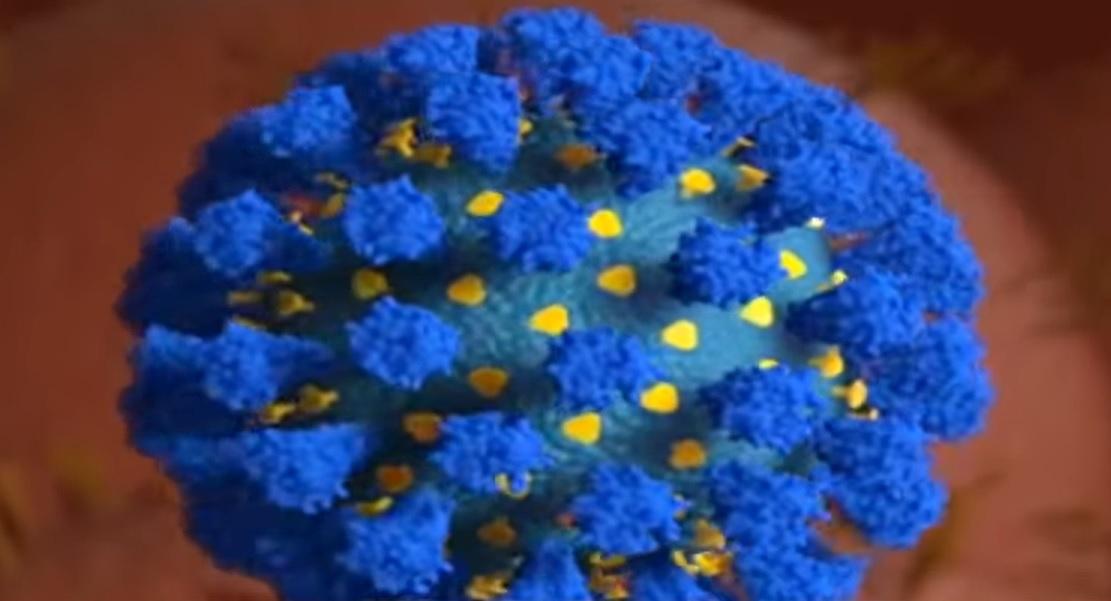
It is possible for the Philippines to experience higher peaks in COVID-19 cases due to the Omicron variant compared to previous variants of concern, an official of the Department of Health (DOH) said Tuesday.
During the DOH Kapihan, Health Epidemiology Bureau Director Dr. Alethea de Guzman issued the remark when asked if a higher surge may be experienced as initial data shows that Omicron is more transmissible than the Delta variant.
The Philippines had recorded a 7-day moving average of 21,000 to 22,000 cases during the Delta surge.
“So what are we trying to say, yes, we may actually reach peaks higher than Alpha, Beta, and Delta noong Abril and nitong Setyembre, but we know there are things we can do para hindi maabot ‘yung peaks na ‘yun,” De Guzman said.
De Guzman earlier said that recent studies show that Omicron may be 10 times more transmissible than the original coronavirus and 4.2 times more transmissible than the Delta variant.
Independent monitoring group OCTA Research also said the variant “will likely” cause a serious surge of new cases in the Philippines if it enters.
OCTA fellow Guido David said the reproduction number in South Africa increased from 0.48 to 4.18, with a current value of 2.96, within the span of four weeks. He said this is a higher reproduction number than during the Delta surge.
“Although vaccine coverage in the Philippines is significantly higher compared to South Africa, the Omicron variant, if it enters the country’s borders, will likely trigger a serious surge of new cases,” David said.
Despite this, initial evidence also shows that most cases with the Omicron are only experiencing mild symptoms.
De Guzman stressed that there were ways to manage an increase in cases.
“[N]umber one, kaya yung panawagan natin mag MPHS pa rin tayo. We’ve seen our MPHS remains to be effective against any variant of concern. Ikalawa is stronger local health systems…. the third is vaccination pa rin,” she said.
She said health systems must also be able to accommodate this possible increase.
“Kailangan mahanap sila agad, ma-assess sila agad, at malaman natin sino ba yung posibleng sa quarantine o sa isolation facility lamang at ikalawa sino yung dapat nasa ospital,” she said.
De Guzman said the variant can be felt within four weeks once it enters the country.
“Whatever, the effect of Omicron is upon its entry in the country, it may not be immediately felt. Pwede makita natin ‘yan two to four weeks after the local entry of the Omicron variant in a country,” she said.
Due to this, she called on local government units to continue sending samples for sequencing.
“Kaya mahalaga yung panawagan din namin na ang ating LGUs ay tuloy-tuloy na magpadala ng sample so that we continually reassure ourself that Omicron is not yet present locally or not yet present among our ROFs,” she said.
At present, De Guzman said the Omicron variant has been detected in 77 countries across the globe, of which 33 have suspected or confirmed local transmissions.
Meanwhile, even as the United Kingdom reports an increase in cases due to the variant, she said it does not meet the metrics to be placed in the red list.
“Sa ngayon, hindi natin nakikita na ang UK ay nagme-meet doon sa metrics na ‘yun kaya hindi siya kasama sa red list,” she said.
“Pero tulad nung nabanggit ko kanina, it doesn’t mean na we’re lowering the guards, no? We’re actually strengthening our borders kasi alam natin na meron na nga tayong mga bansa na either may local or may suspected Omicron,” she added.—NB, GMA News

0 Comments